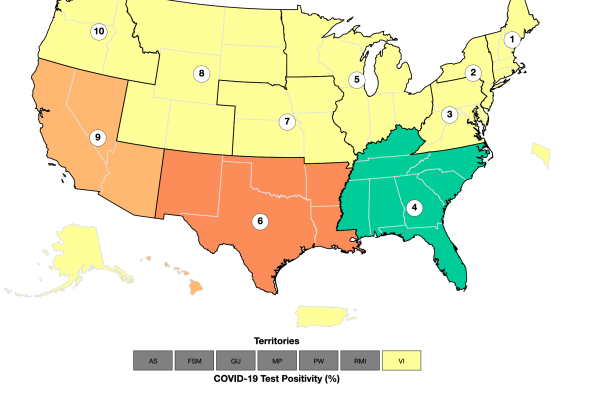Scientists may have uncovered a link between the risk of autism in children and fatty acids in umbilical cord blood.
To shed light on the possible causes of autism, researchers from the University of Fukui investigated the link between polyunsaturated fatty acids (PUFA) in umbilical cord blood samples and autism scores in 200 children.
They believe that this newfound knowledge could be "crucial" for understanding, diagnosing, and even preventing autism spectrum disorder (ASD).
The study identified one particular compound in the umbilical cord blood acid, called diHETrE, that may have "strong implications" for ASD severity.
"The levels of diHETrE, an arachidonic acid-derived diol, in cord blood at birth significantly impacted subsequent ASD symptoms in children and were also associated with impaired adaptive functioning," Hideo Matsuzaki, study author and child mental development professor at the University of Fukui, said in a statement.
"These findings suggest that the dynamics of diHETrE during the fetal period is important in the developmental trajectory of children after birth."
Specifically, the authors found that higher levels of diHETrE were associated with difficulties in social interactions, while low levels were linked to repetitive and restrictive behaviors in children. Notably, this correlation was more pronounced in girls than in boys.
The umbilical cord samples were collected and preserved immediately after the children's birth. ASD symptoms in these same children were then assessed at 6 years old with the help of their mothers.
Building on these results, the researchers suggest that measuring diHETrE levels at birth could soon become a valuable tool for predicting a child's risk of developing ASD.
"The effectiveness of early intervention for children with ASD is well established and detecting it at birth could enhance intervention and support for children with ASD," Matsuzaki added.
He also said that inhibiting diHETrE metabolism during pregnancy might be a promising avenue for preventing ASD traits in children, although more research will be needed in this area.
The study, published in Psychiatry and Clinical Neurosciences, builds on earlier research in mouse models that suggested PUFA and their metabolites during pregnancy play a crucial role in ASD development.
Sharing the motivation behind the research, Matsuzaki said: "CYP metabolism forms both epoxy fatty acids (EpFAs), which have anti-inflammatory effects, and dihydroxy fatty acids, or 'diols,' which have inflammatory properties."
"We hypothesized that the dynamics of CYP-PUFA metabolites during the fetal period, that is, lower EpFA levels, higher diol levels, and/or increased EpFA metabolic enzymes would influence ASD symptoms and difficulties with daily functioning in children after birth."
The study authors believe these findings "open a promising avenue" for unraveling the mysteries of ASD, potentially leading to improved diagnostics and treatment.
Disclaimer: The copyright of this article belongs to the original author. Reposting this article is solely for the purpose of information dissemination and does not constitute any investment advice. If there is any infringement, please contact us immediately. We will make corrections or deletions as necessary. Thank you.



